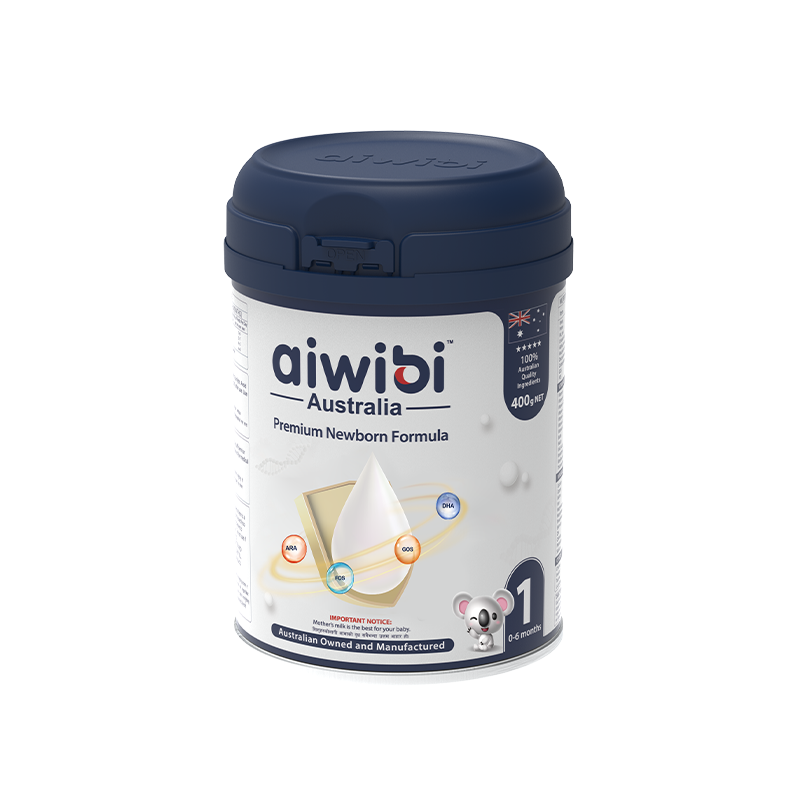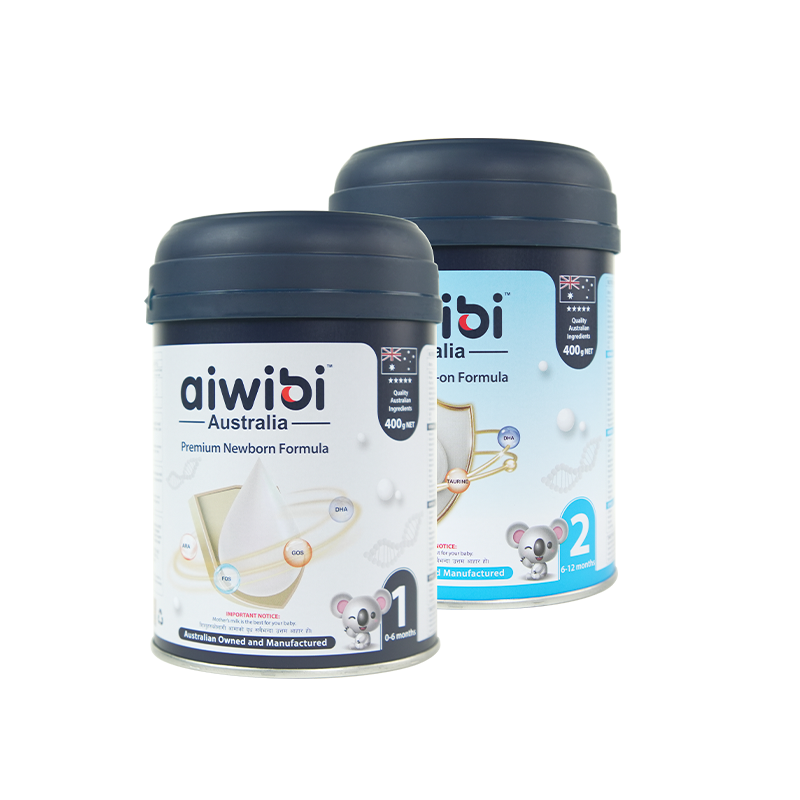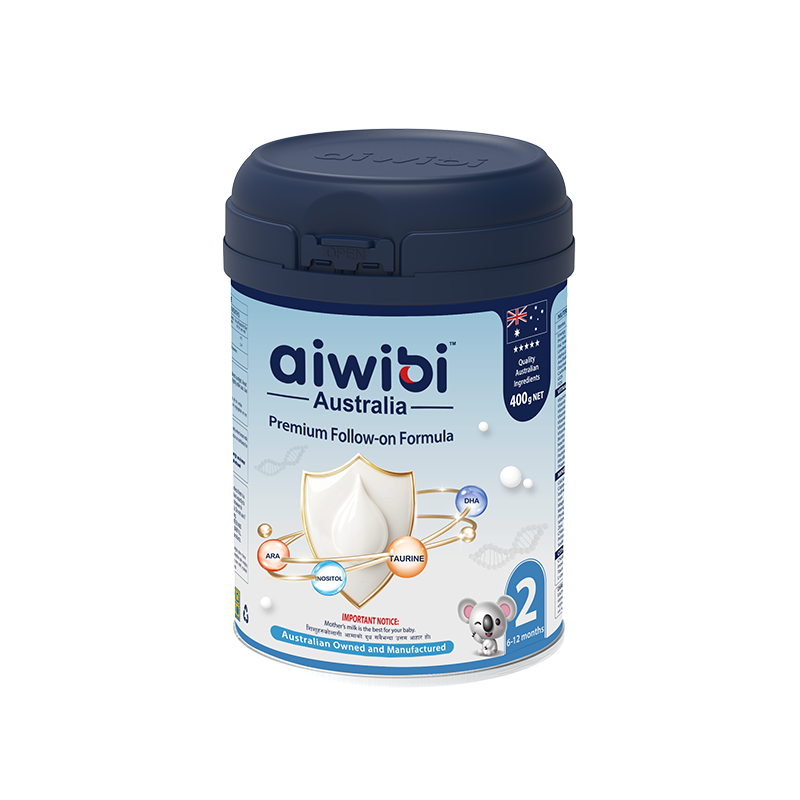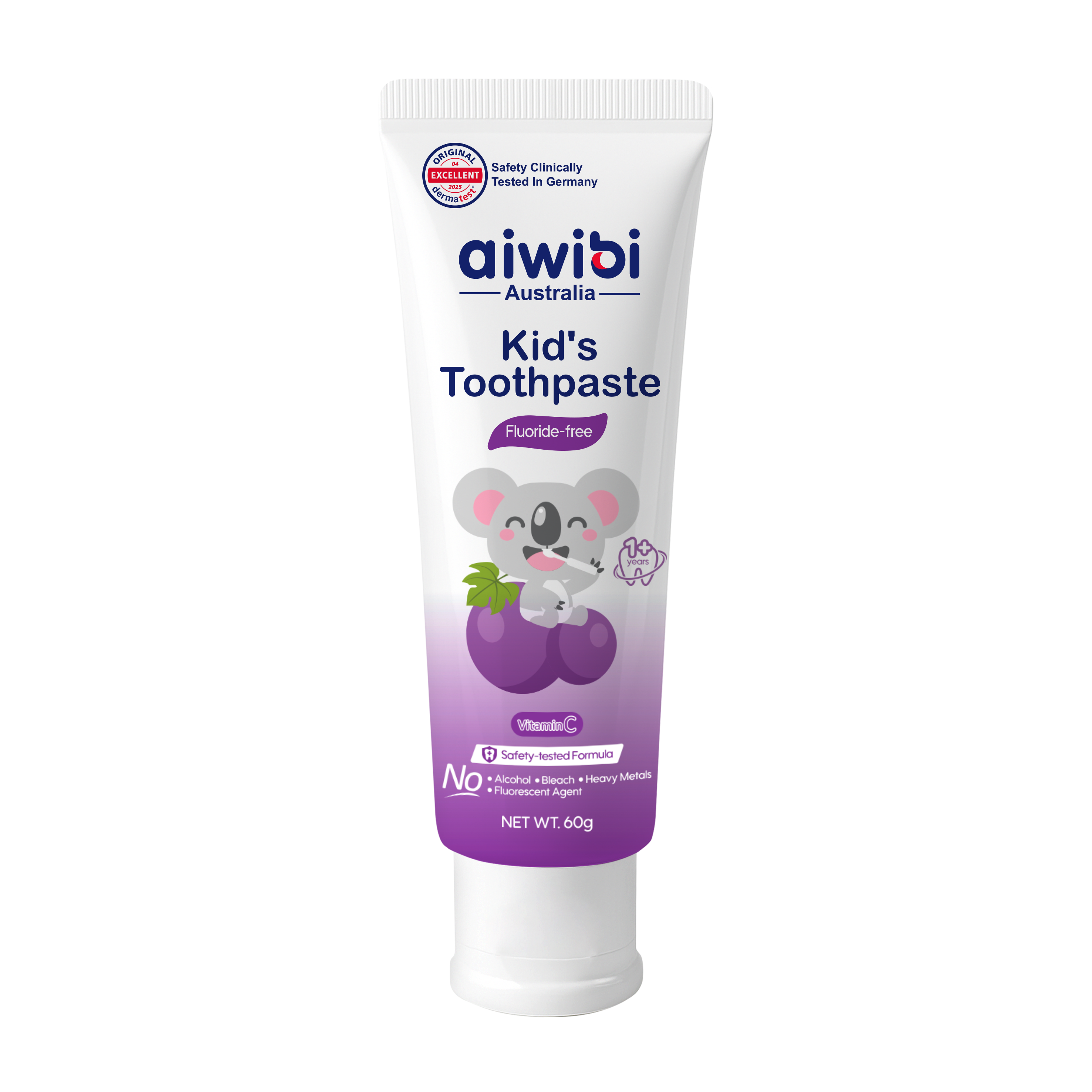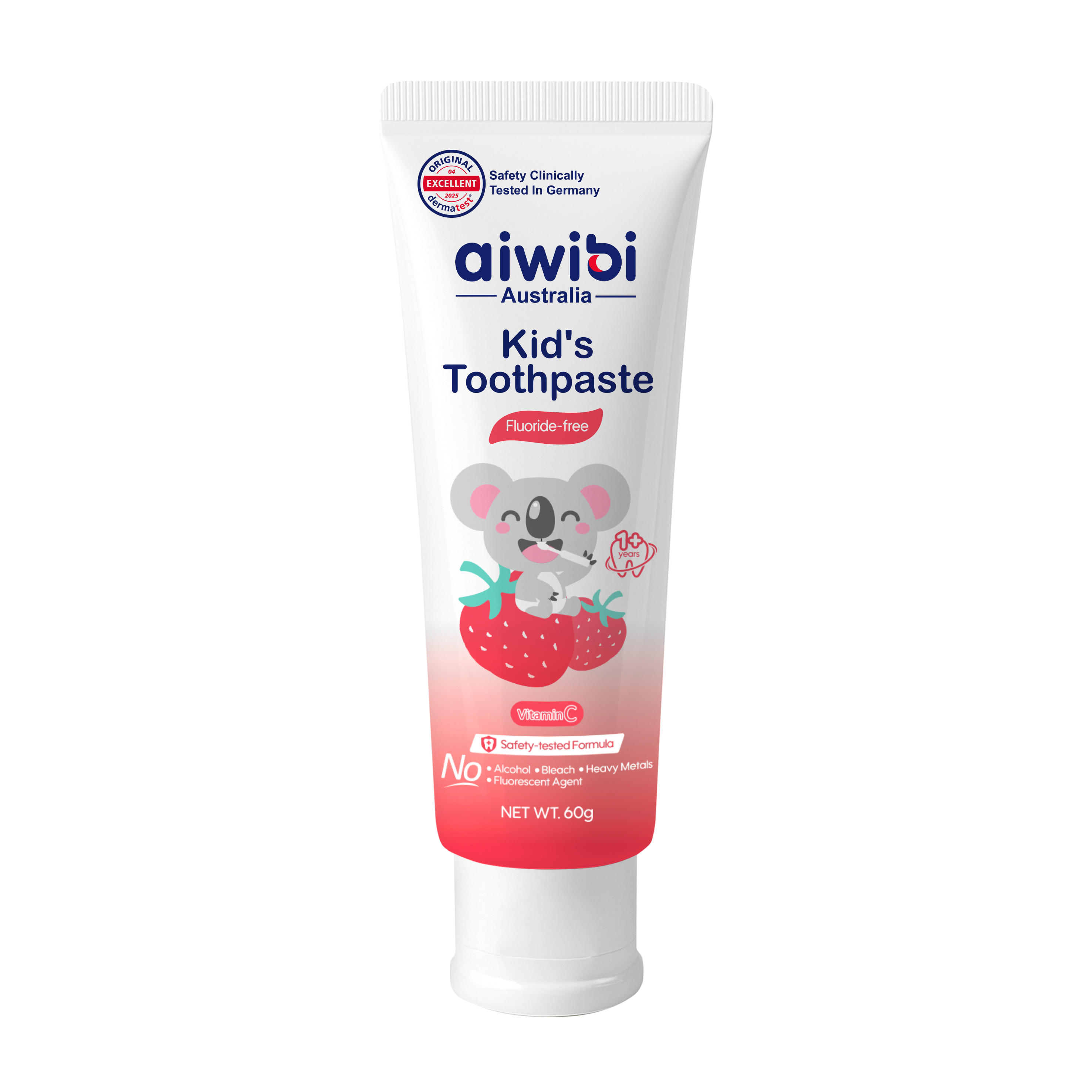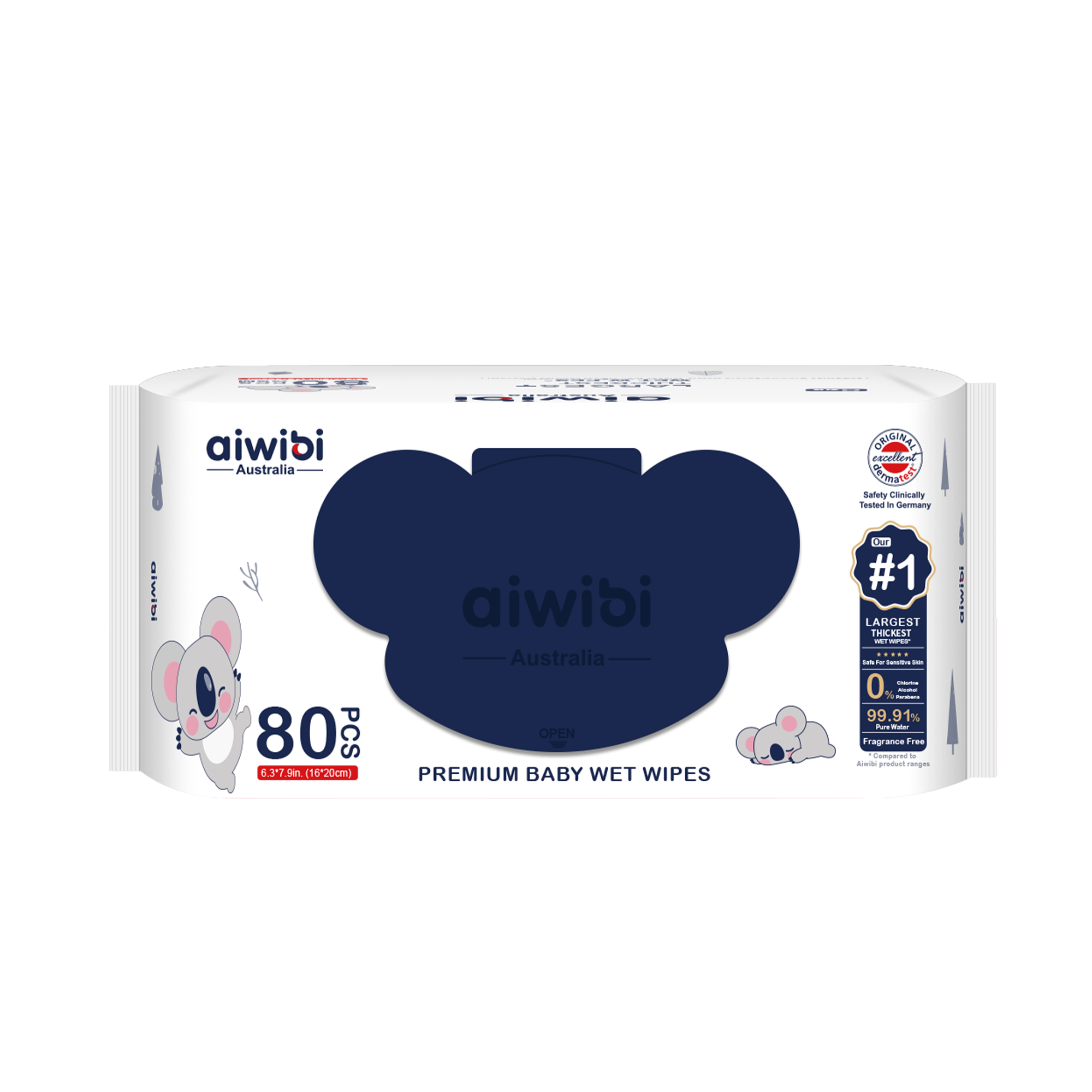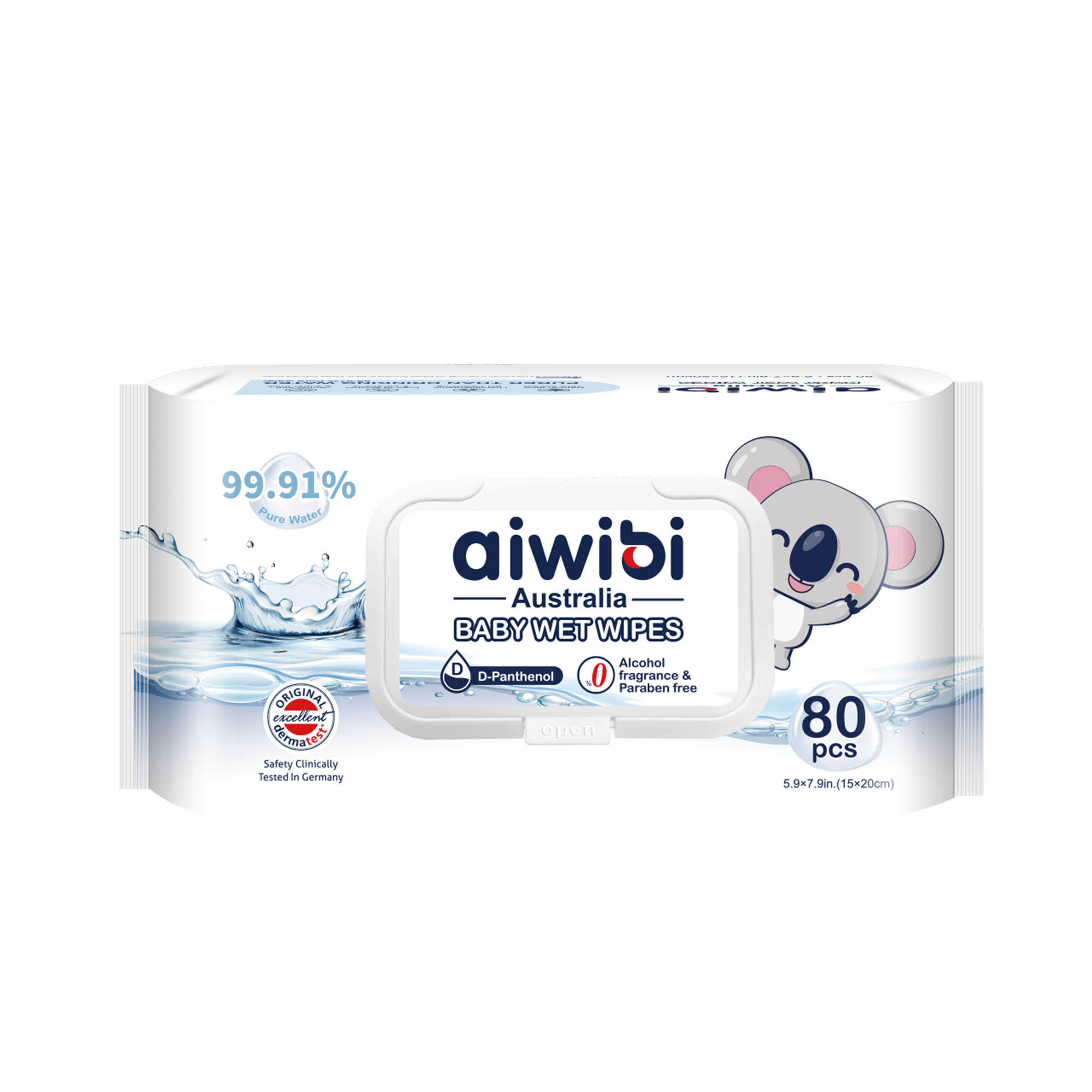Is my newborn healthy? As new parents, gazing at the delicate little life in your arms, it’s natural to feel concerned about your baby’s well-being. Though newborns can’t express themselves in words, they communicate their health through various physical signals. Let’s explore the 10 key signs to look for in a healthy newborn!
First: Loud Crying: Your Baby's "First Words"
After your baby is born, you'll likely hear their first loud cry within 20 minutes. This isn't just an exciting moment; it's a sign that your baby's lungs are starting to breathe independently! The first cry is usually very loud because the airflow powerfully hits the vocal cords for the first time. The louder the cry, the better developed your baby's lungs are. Relax, mom!

Tip: For the first two weeks after birth, a baby's breathing is relatively fast, around 40-50 breaths per minute. However, if you notice your baby's breathing is very fast (over 60 breaths per minute) or unusually weak, be sure to inform your doctor immediately. This is an important indicator during a newborn's hospital stay.
Second: Tiny Heartbeat: Feeling the Rhythm of Life
A baby's heart beats much faster than ours! When calm, a normal newborn's heart rate is between 120-140 beats per minute. Want to feel your baby's heartbeat? Gently place your index and middle fingers on the artery on the inside of your baby's wrist (the side closer to the thumb) and count the pulse for one minute. Check that the pulse is regular and of consistent strength.

Warm Tip: It's best to measure when your baby is calm or asleep. When your baby is crying or feeding, their heart rate will speed up, making the measurement inaccurate at that time.
Third: Newborn Weight: A Milestone in Growth and Development
Most healthy newborns weigh between 3000 and 4000 grams. If your baby weighs less than 2500 grams, your doctor will pay special attention and provide appropriate guidance.
Weight Measurement Tips:
- Choose a time when your child has an empty stomach and after bowel movements and urination.
- Weigh them wearing only light clothing (remember to adjust the room temperature beforehand so they don't get cold).
- It's best to measure at the same time each day to ensure better data comparability.
Fourth: Stool Signs: The "Weather Vane" of the Digestive System
New mothers may be surprised by the changes in their baby's stool color and consistency. Don't worry, these are all normal developmental milestones:
- First two days after birth: Stools are usually greenish-black, sticky (called meconium), and typically odorless.
- After breastfeeding: Gradually turn golden yellow or pale yellow.
Some Information About Bowel Movements:
- Babies generally start having bowel movements within 12 hours of birth, and meconium is completely expelled within 2-3 days.
- Breastfed babies: Around 6-7 times a day, usually golden yellow and relatively loose.
- Formula-fed babies: 4-6 times a day, usually light yellow and firmer.
Important Note: If bowel movements exceed 7 times a day and the liquid volume significantly increases, there may be digestive problems that require immediate medical attention.
Fifth: Urine Output: Indicating Liquid Intake
New parents need to know the following:
- Babies usually urinate for the first time within 24-48 hours of birth.
- Healthy urine should be clear or light yellow.
- The amount of urine will vary with milk intake, and the color will also change from light to dark.
Did you know? Some babies may cry between 3-5 days after birth, and their urine may appear bright red. Don't worry! This is usually due to the immature development of newborn kidney function, leading to a small amount of concentrated urine, and urate salts can irritate the baby. As milk intake increases, this condition will disappear naturally, so there's no need to worry too much.
Sixth: Regulating Newborn Temperature: Keeping Them Warm and Comfortable
A newborn's normal body temperature ranges from 37-37.5°C. Since a baby's ability to regulate their body temperature is not yet fully developed, you need to:
- Quickly adjust your baby's clothing based on the room temperature.
- Don't overdress your child, as this can cause them to overheat, which is more dangerous than exposing them to the cold.
- Also, be careful not to let your child get cold.
Practical Tip: Feel the back of your baby's neck. If it feels warm and dry, their clothing is appropriate; if it feels sweaty, they are wearing too much; if it feels cool, they are wearing too little.
Seventh: Pink Skin: A Sign of Health
Beautiful, fully developed newborn skin should be healthy, pink, and smooth. It may present with:
- A small amount of vernix caseosa (a white, greasy substance), which is a natural protective layer.
- A small amount of lanugo (especially on the back), which will gradually shed.
- Slight skin peeling may occur 2-3 days after birth. This is completely normal and is part of the new skin's metabolic process.

Monitoring Jaundice:
Most babies develop physiological jaundice 2-3 days after birth:
- Full-term infants: Generally disappears within 7-10 days.
- Premature infants: May take 3-4 weeks to disappear.
If jaundice does not disappear or worsens, immediate medical attention is necessary so a doctor can determine if intervention is needed.
Eighth: Gentle Reflex Behaviors: Innate Instincts
From birth, babies will exhibit some adorable reflex behaviors, which are signs of health and innate instincts for adapting to their environment:
- Rooting Reflex: Gently touch the corner of your baby's mouth, and they will turn their head to search for the nipple.
- Sucking Reflex: Place your finger near your baby's mouth, and they will naturally begin to suck.
- Grasping Reflex: Place your finger in your baby's palm, and they will grasp it tightly.
- Moro Reflex (Startle Reflex): Sudden sounds or changes in body posture may cause the baby to extend their arms as if reaching for a hug. This is the magical hand of newborns or infants.
Ninth: Expanding Vision: Capturing the World's Light and Shadow
A child's visual development is a progressive journey full of surprises:
- At birth: Babies will open their eyes in moderate light.
- After waking: They will scan their surroundings, looking for the edges of objects.
- At 2 months: They begin to track moving toys.
Interactive Tip: Slowly move a high-contrast toy or pattern (such as black and white patterns) 20-30 cm away from your baby's eyes (the optimal distance for newborn vision). This helps stimulate and develop your baby's vision. Continue this interaction and observe when your baby's vision becomes clearer.

Tenth: Hearing Development: Listening to Your Voice
A child's hearing is also quietly developing:
- After 3-7 days after birth, your baby's hearing gradually becomes more sensitive.
- When they hear a sound, they may blink or turn their head, indicating they are responding to the sound.
- Babies especially love their mother's gentle voice, which makes them feel safe and relaxed.
Parenting Tip: Frequently speak or sing softly to your baby. Although your baby cannot yet understand the content, your voice provides great security and comfort, and also helps their hearing develop. To understand when your newborn can hear clearly, continue these sound interactions.
The development of a newborn is a journey full of wonders and new experiences. Understanding these "little signs" will help reduce anxiety and bring peace of mind and confidence as you embark on your parenting journey. Always remember that every baby's developmental pattern is unique, and the signs of a healthy newborn may vary from one to another. If you notice any abnormalities or feel concerned, please consult a doctor immediately; early intervention is always the wisest and safest choice.


